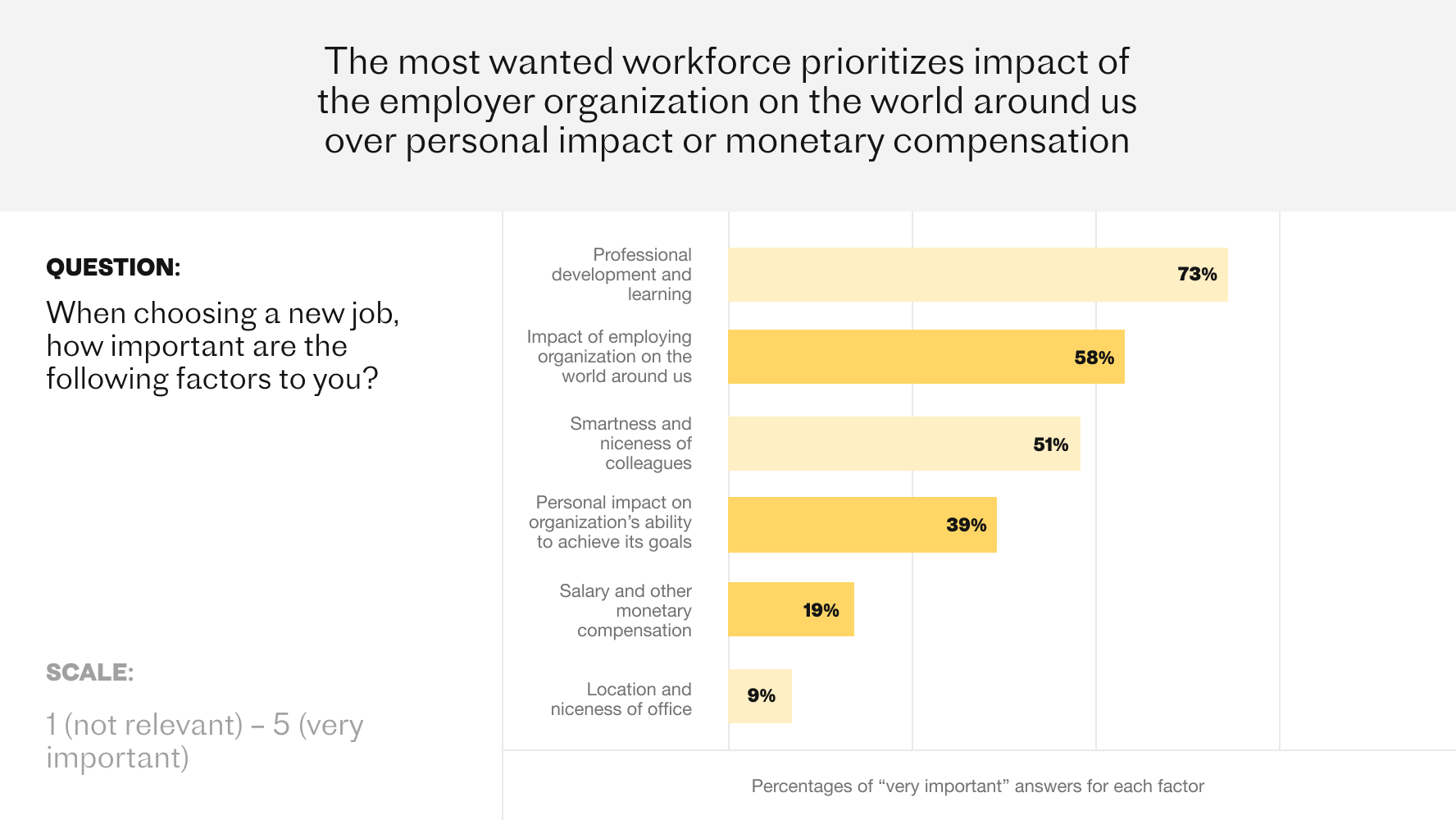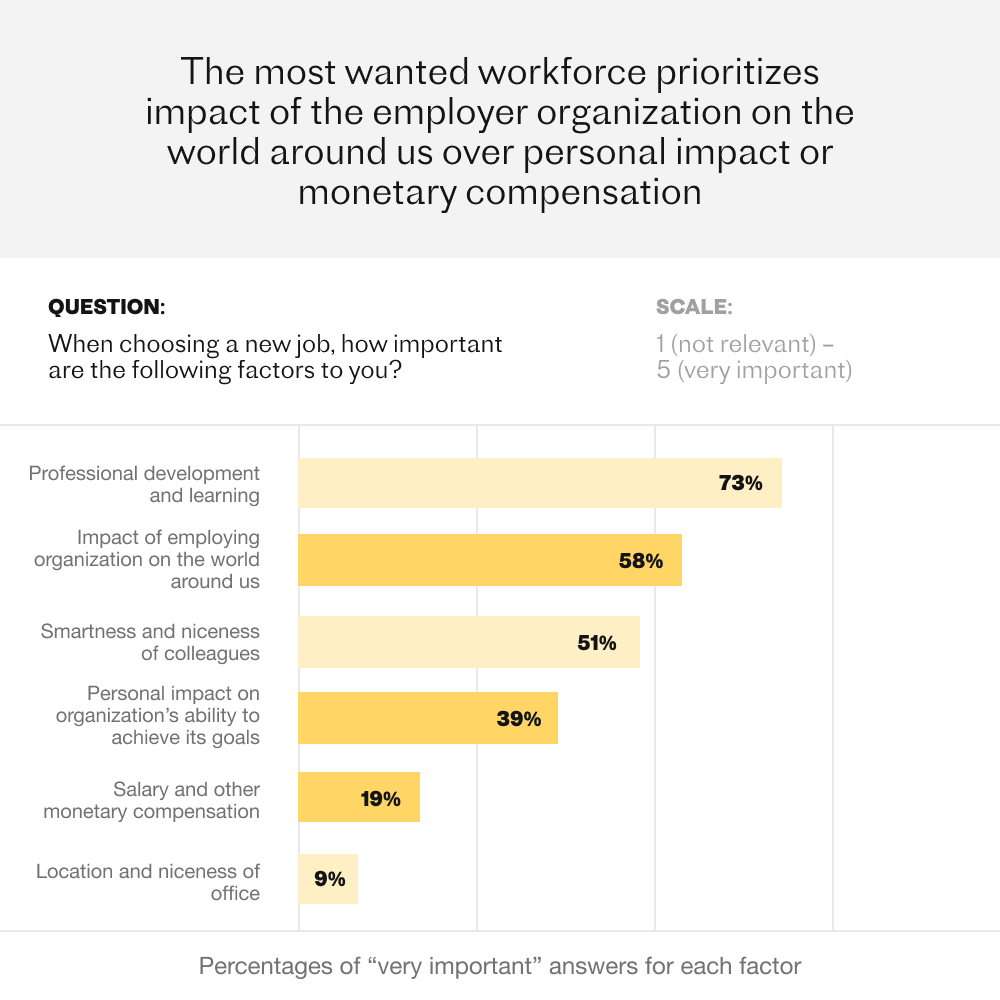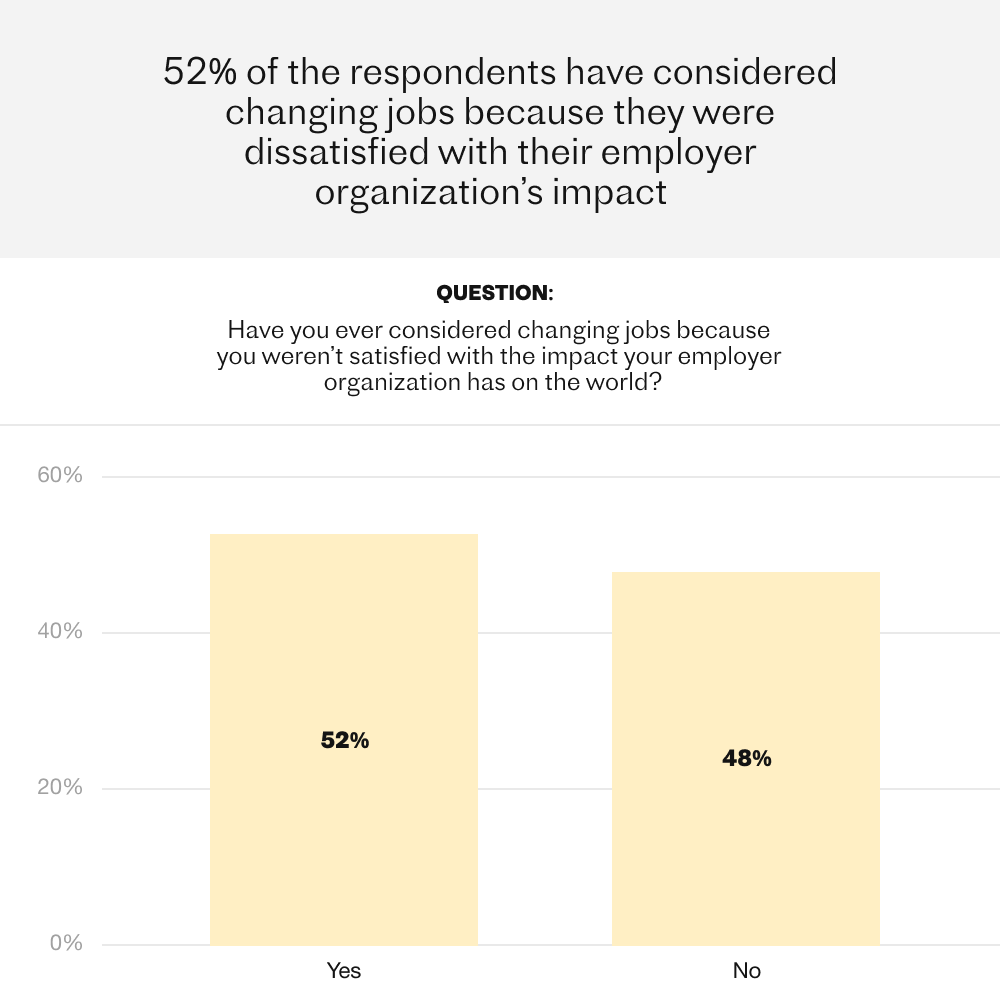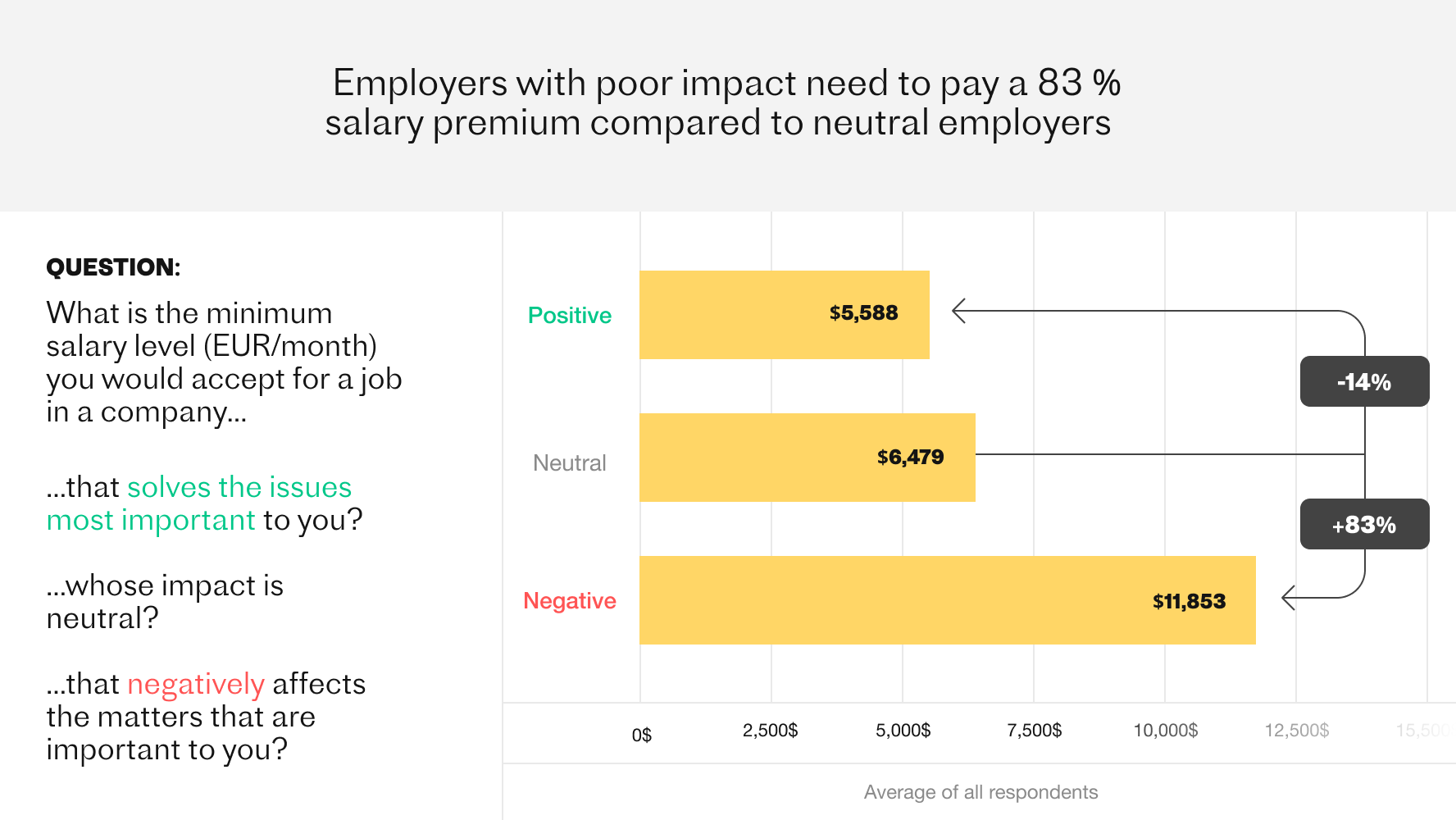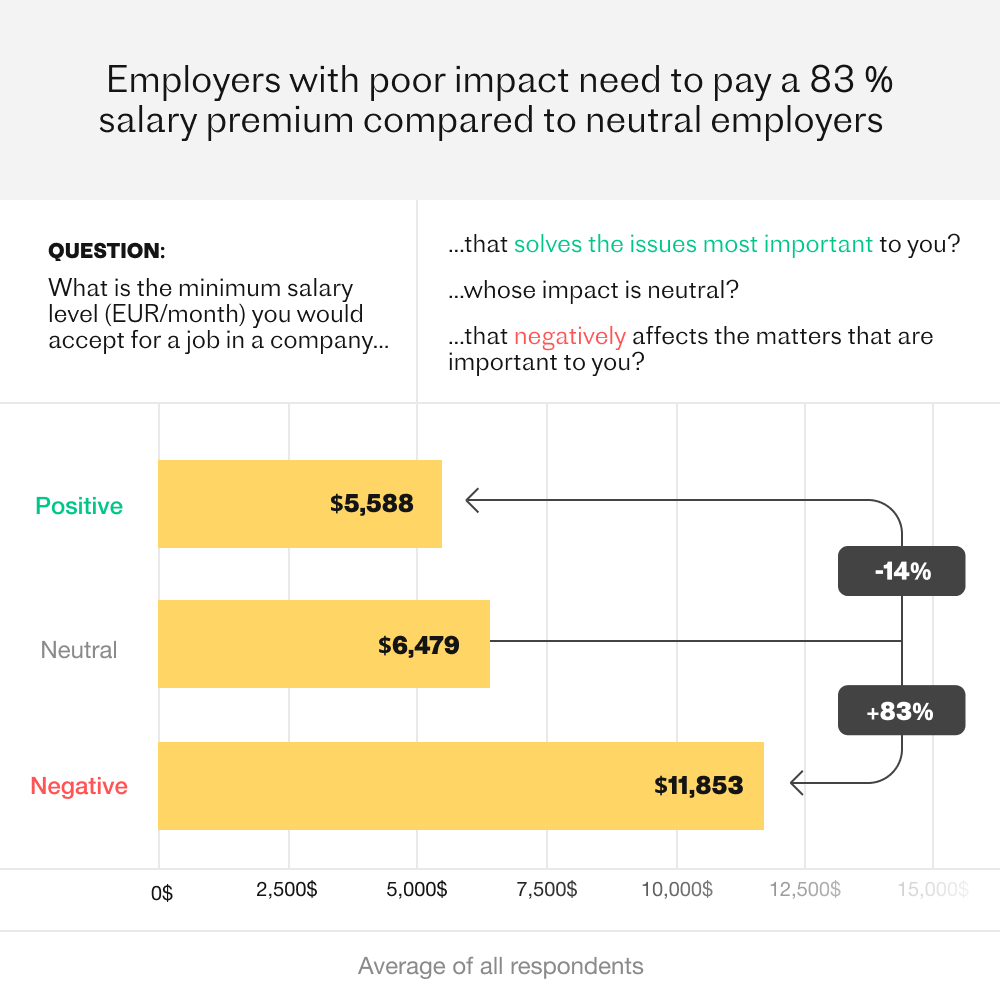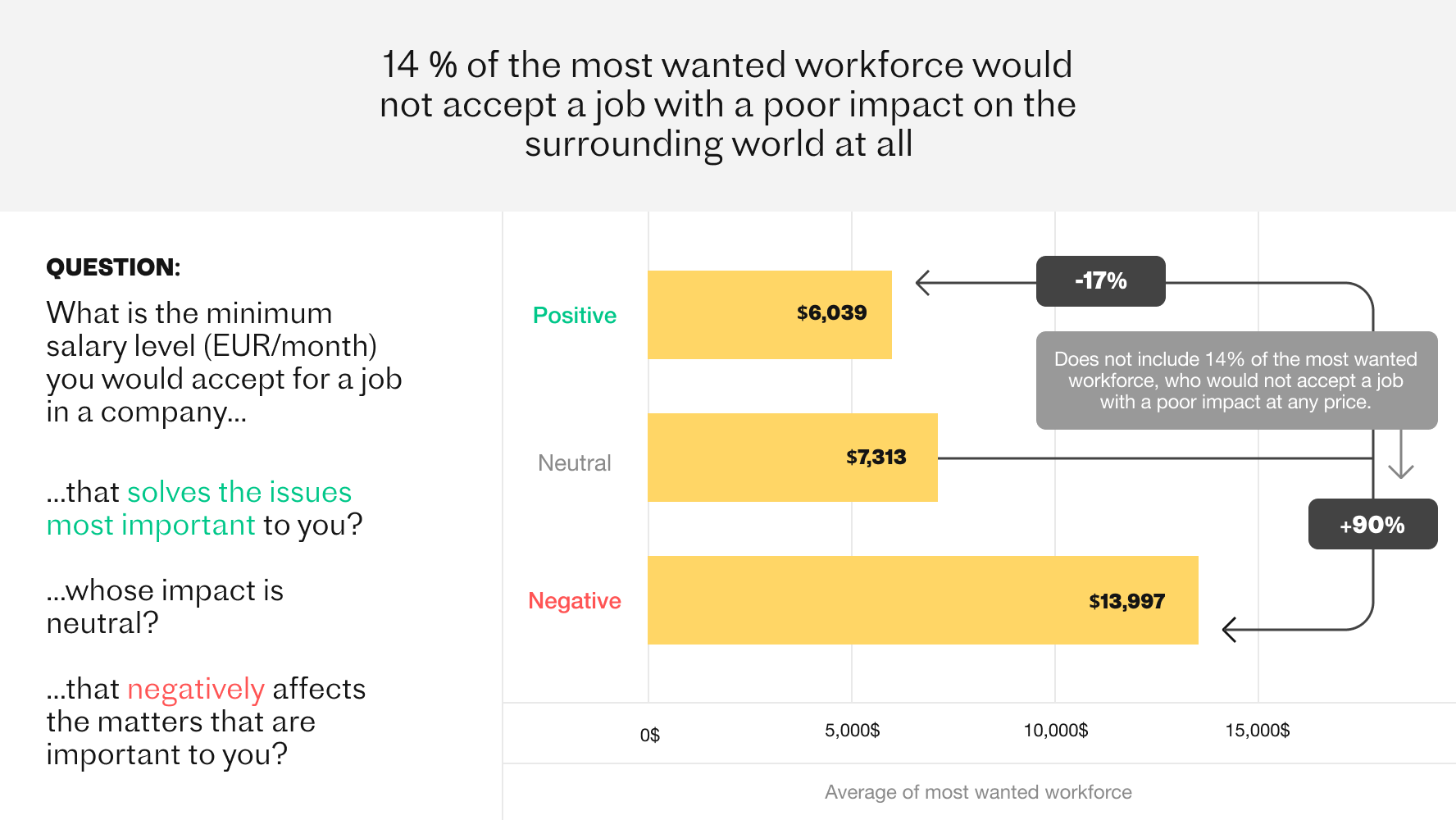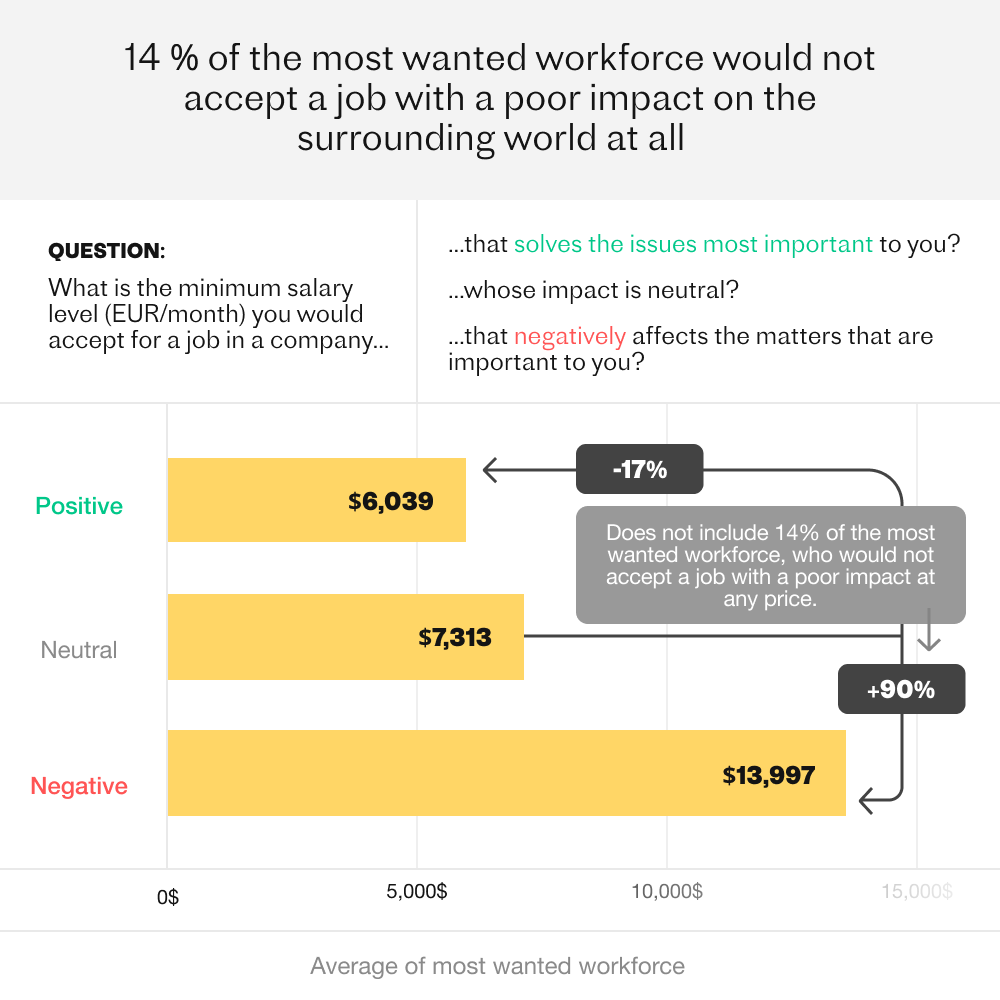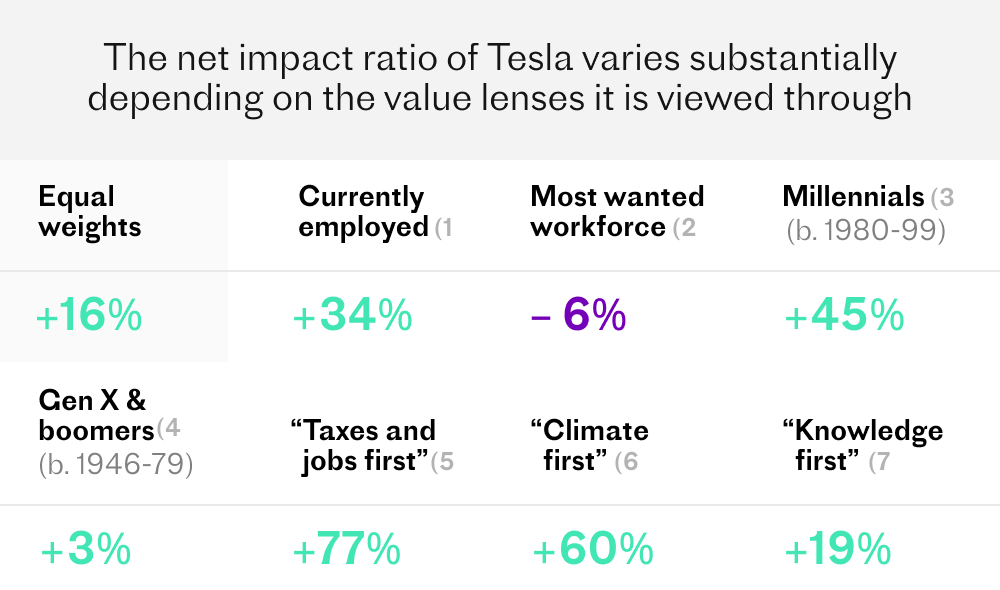Chapter 7Why we work
The lure of adult daycare centers is fading
Some companies advertise that their highest aim is to create the best workplace for themselves. Aim higher, says Upright founder Annu Nieminen.
I was first exposed to companies’ efforts to lure and recruit talent as I was studying engineering at Aalto University. Firms, especially ones in IT, treated us bright-eyed information networks majors to dinners, beer parties and office visits.
Trying to figure out who I am and what I should do with my life, I talked to a founder of one of the leading IT consultancies in Finland. When asking about what drove him to start his company, he proudly told me: “Our biggest aim is to create the world’s best work place for ourselves.”
That sentence caused a mini-depression in the young Annu who wanted to understand how to dedicate her skills and time to solving our global joint challenges that seemed more and more real every day. What? If we, the most privileged humans who have ever lived on this planet, set our highest aim at making our work life more enjoyable - what can we expect from the future?
That thought has stayed with me to this day. Now don’t get me wrong - there is nothing wrong with making a workplace enjoyable and fun. I pursue that too. But we are jointly facing challenges that are not going to go away by putting our heads in the sand and playing adult daycare at offices. The responsibility to act goes hand in hand with the ability to do so, and we as free, educated and able people living in developed welfare societies in the 2020s should carry our part.
And as far as wellbeing at work is concerned: if people feel depressed, lost and unmotivated doing what they do, that’s a real signal. But the correct medicine to that problem might not be drowning their worries in office ping-pong, puppies at work and free artisan beers. Maybe it is actually shifting focus in what we collectively spend our time, efforts, education and talent on.
If we, the most privileged humans who have ever lived on this planet, set our highest aim at making our work life more enjoyable - what can we expect from our future?
More and more people are starting to pay attention to how the work they do impacts the world around them. We are starting to realize that perhaps our professional identities are even more impactful than our consumer ones, and yearning for jobs that create value also above and beyond our own personal hygiene factors - such as pay, learning and smart colleagues.
That’s why we at Upright wanted to create a better understanding about what exactly do people want to achieve via the work they do. Not just whether impact is important, but the themes and topics they want to influence. Because avoiding harm and causing positive impacts are two different things, we asked about them separately. For example, many see societal negative impacts as deal breakers, but on the positive side, want to dedicate their time to maximizing positive health impacts.
We are starting to realize that perhaps our professional identities are even more impactful than our consumer ones.
We also wanted to understand what kind of a role the impact of the employer organization currently plays when choosing jobs and setting expectations for salaries. For companies, this is a signal of where we are today and what to take into account in recruiting and talent retention.
If you haven’t shared your view yet, you can do so here. We will continue to collect data on this topic and aim to form datasets of different demographics based on a total of 10,000+ responses for companies to mirror their operations against. Summary of the views of the 1,600+ first respondents are found in Chapter 7.2.
To close off, a final word of advice to companies: If you’re having a hard time attracting talent, don’t change your office, smorgasbord of employment benefits or branding agency. Change your strategy.
Editor-in-chief, Net Impact Report & Founder, Upright
Millennials rank impact over pay, but companies are stuck
Upright is collecting data on what people want to achieve via their work. Here are some early insights based on the first 1,600+ respondents from 65 different nationalities.
The most wanted workforce prioritizes the impact of their employer organization over personal impact and salary
It comes as no surprise that today’s most sought after workforce* cannot simply be bought. Furthermore, a slightly unexpected tone in the data showed that even in today’s time of constant self development and caring about YOUR own impact, the most wanted doers rated their employer organization’s holistic impact on the surrounding world higher than their own personal impact on the organization’s outcomes.
*defined in this analysis as self-reported ease of finding employment and holding a M. Sc. academic degree or higher.
Takeaway for employers: get that net impact right, first.
Impact is a real talent retention factor – 52 % of respondents state that they have considered leaving their job due to its poor impact
How the employer organization impacts the world around it, not just in it, is not merely a nice-to-have factor. It is easy to talk hypothetically, but when asked about real incidents that had already taken place in their careers, a whopping 52 % of the respondents answered that they had considered leaving due to their employer organization’s poor impact.
Even with a possible bias towards “impact-minded” people among survey respondents, this number means impact is no longer just a nice add-on in talent management.
Takeaway for employers: take that impact question seriously, it might cost you some great talent.
Recruiter: poor impact can cost you money
Your organization’s impact is not just something your employees think about in their yearly yoga retreats when pondering the purpose of their lives - it is present in salary negotiations too. Organizations with poor impact have to pay significantly more in salaries to access the same talent pool (see Figure 7.3). Furthermore, you might miss out on some people altogether: 10% of all respondents would not accept a job with a poor impact on the surrounding world at any price.
On the other hand, while the positive impact of the employer organization can help in attracting the best talent, it can also lead to some decreased workforce costs as well. Respondents are willing to take an average 15 % pay cut to work for an employer organization that is solving the issues most important to them.
For the most sought after workforce, the differences in salaries are even more significant - the required pay increase when moving from jobs in organizations with a positive impact to organizations with a negative impact is in total over 120 %. And for 14 % of the most wanted workforce, even that is not enough as they’re not willing to take the job at any price.
Takeaway for employers: poor impact may already be costing you both money and talent.
Rate your company against the preferences of the most wanted talent
So what does a 2020s company do amidst all this information? It stress tests its net impact against the value priorities of different groups of people. It identifies the talent, clients and investors it wants to attract, and studies its own net impact critically through their lenses.
Concretely, you can do that for any company on the Upright Net Impact Platform. But what kinds of differences does the early data suggest?
Millennials* are less concerned with avoiding emissions but more concerned with solving environmental problems than the average respondent
* defined in this analysis as respondents born in the 1980s and 1990s
Surprisingly, millennials are less concerned with avoiding environmental harm than the average survey respondent.However, at the same time, this demographic group places higher than average emphasis on pursuing positive environmental impacts – for instance by actively removing emissions from the atmosphere.
What’s the takeaway? Millennials are looking for employer organizations that solve environmental challenges rather than organizations that merely avoid emissions.
Secondly, millennials are more concerned about avoiding knowledge and societal harms than the average respondent. Also, they seem to be less concerned about both avoiding negative health impacts and improving the health of people compared to other survey respondents. This is somewhat surprising, as typically wellbeing has been considered to be a trending topic specifically among young-ish professionals.
See the full comparison between selected respondent cohorts, including those currently working, the most sought after workforce, millennials and generation X & baby boomers in Figure 7.5.
Figure 7.5.
How different respondent cohorts value impact categories compared to the average weight of an impact category*. Survey N=1236
*Relative preferences of selected cohorts. Higher means that the coefficient from an ordinal linear regression on that impact category is significantly higher compared to the coefficients from other impacts for that cohort. Lower means the opposite. Neutral indicates there are significantly higher and lower coefficients in that cohort.
The lenses of different stakeholders affect the net impact ratios of all companies - Case Tesla
As an example of how the preferences of different respondent groups change the net impact ratio of a company, we analyzed the US electric car manufacturer Tesla through several different value lenses (see Figure 7.6). The stronger emphasis millennials place on pursuing positive environmental impacts and their lower concern for negative human health-related impacts drives - to little surprise - the net impact ratio of Tesla up. Then again, when looking through the value lenses of generation X and baby boomers, Tesla’s net impact ratio drops. This is due to the fact that the older generation, for instance, values minimizing negative contributions to human health more and positive environmental impacts less. As Tesla’s positive environmental impacts are played down, and its negative impacts on human health, caused by promoting road traffic, are highlighted, the net impact ratio of Tesla drops close to neutral.
1,2,3,4) Values of different subsets of people, based on Upright's latest Impact at Work survey.
5) Values that emphasize the creation of taxes and jobs over other impacts
6) Values that emphasize climate impacts over other impacts
7) Values that emphasize knowledge impacts over other impacts
Figure 7.6.
The net impact profile of Tesla and its net impact ratio through different value lenses.
Interested in understanding how this looks like in practice? Check out which companies are winners in the eyes of different employee groups in the Datasets chapter, or by ranking companies against value sets that most interest you in The Upright Net Impact Platform.



